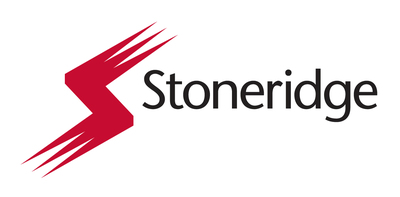
Stoneridge’s ROIC of 2.16% is significantly lower than its WACC of 7.62%, indicating poor capital efficiency.
Comparatively, Standard Motor Products, Inc. (SMP) and Modine Manufacturing Company (MOD) show more efficient capital utilization with higher ROIC to WACC ratios.
Superior Industries International, Inc. (SUP) demonstrates a concerning financial stability with a negative ROIC, highlighting the importance of capital efficiency in the automotive parts sector.
Stoneridge, Inc. (NYSE:SRI) is a company that designs and manufactures electrical and electronic components for the automotive, commercial vehicle, and agricultural industries. The company competes with other firms in the automotive parts sector, such as Standard Motor Products, Inc. (SMP) and Modine Manufacturing Company (MOD). A key financial metric to assess Stoneridge’s performance is the comparison of its Return on Invested Capital (ROIC) to its Weighted Average Cost of Capital (WACC).
Stoneridge’s ROIC is 2.16%, which is significantly lower than its WACC of 7.62%. This results in a ROIC to WACC ratio of 0.28, indicating that the company is not generating returns that exceed its cost of capital. This suggests that Stoneridge may not be using its capital as effectively as it could be, which could impact its financial health and investor confidence.
In contrast, Standard Motor Products, Inc. (SMP) has a ROIC of 9.13% and a WACC of 5.73%, resulting in a ROIC to WACC ratio of 1.59. This indicates that SMP is generating returns well above its cost of capital, suggesting more efficient capital utilization compared to Stoneridge. Similarly, Modine Manufacturing Company (MOD) boasts a ROIC of 22.71% against a WACC of 13.80%, with a ROIC to WACC ratio of 1.65, highlighting its strong capital efficiency.
Superior Industries International, Inc. (SUP) presents a different scenario with a negative ROIC of -12.05% and a WACC of 9.57%, leading to a ROIC to WACC ratio of -1.26. This indicates that SUP is not only failing to cover its cost of capital but is also generating negative returns, which is a concerning sign for its financial stability. Meanwhile, Motorcar Parts of America, Inc. (MPAA) and Standex International Corporation (SXI) have ROIC to WACC ratios of 0.77 and 1.15, respectively, showing varying levels of capital efficiency.
Overall, the comparison of ROIC and WACC among Stoneridge and its peers highlights the importance of capital efficiency in determining a company’s financial health. While Stoneridge struggles to generate returns above its cost of capital, companies like Modine Manufacturing demonstrate strong capital utilization, which can be a key factor in their competitive advantage.

